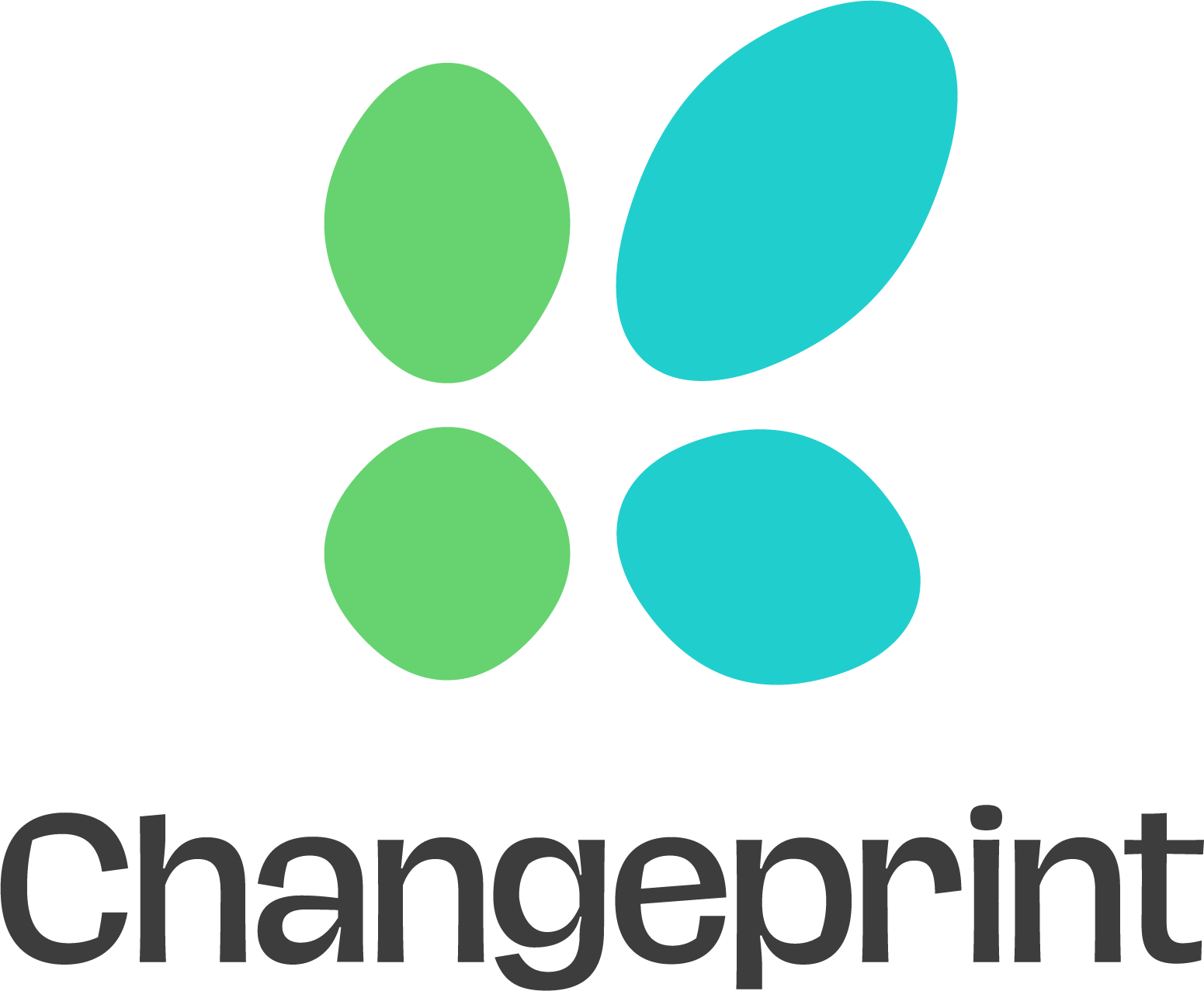Our Changeprint
Our Changeprint can be measured by the number of commercial kitchens installing the drain water heat recovery system; average percentage reduction in energy used for water heating per site; tonnes of CO2 emissions saved annually through installations; the number of downloads or uses of our free heat recovery toolkit.
Our story
The aim of the Dŵr Uisce project is to improve the efficiency of water supply, use and treatment in Wales and Ireland. Water is such a valuable natural resource and it's vital that we use it as effectively as we can, especially when we consider that the energy consumption for heating water can have a significant impact on climate change.
One of the key areas of our work is a Drain Water Heat Recovery (DWHR) system for commercial kitchens which can be used in all settings – from cafés, restaurants and hotels to leisure centres, hospitals and school canteens. Most of the energy consumed in heating water and for sanitation in these kitchens is wasted to the drainage system. The heat in the water is usually used for just a few seconds and then it literally goes down the drain.
Adopting an idea that's used in shower drain heat recovery, we've developed a system where part of the drain pipe is replaced by a heat exchanger and the heat from the warm drain water is transferred to incoming cold water streams to subsequently feed a boiler or other water heating system. The heat recovery system uses a very simple double walled copper pipe as a heat exchanger for direct heat recovery, and no heat pump is required. The system is easy to install as long as a part of the kitchen drain pipe can be replaced.
Penrhyn Castle in North Wales is a demonstration site for this project, where heat is recovered from the drain of the popular visitor attraction's kitchen. Collaborating with National Trust, this installation in the restaurant's kitchen was the basis for an assessment of the environmental performance of heat recovery systems for drain water from commercial kitchens in the UK.
In a study we conducted covering the whole of the UK, we worked out that, for the majority of the kitchens or 90% of the available heat, it would be financially viable to use this system. The bigger the kitchen, the more energy they would save. We hope that more businesses will come on board this year and our plan is to partner with trade associations to get more kitchens interested in the system. Remarkably, if heat recovery systems were installed in every commercial kitchen in the UK, the potential saving would be 500kt of CO2 for each year, which is an equivalent to taking approximately 260,000 cars off the road.
As part of our research, we've developed a free heat recovery toolkit which helps users learn about the potential heat that's recoverable from their kitchens and to get an estimate of the operational cost savings and carbon emissions that could be saved. It can be downloaded for free: https://www.dwr-uisce.eu/heat-recovery-tool.
Our advice
Collaboration is hugely important. The Dŵr Uisce research team is made up of academic and research staff from Bangor University and Trinity College in Dublin in Ireland and we have extensive collective experience in environmental sciences and civil engineering. And, of course, collaboration with businesses and the non-academic world is essential too, to gain hands-on experience of the technology and measuring its effectiveness to establish a case study that creates empirical data. The case study can then serve as a convincing model for other businesses and stakeholders.
Research projects such as these also initially rely on funding. Dŵr Uisce's work is part-funded by the European Regional Development Fund (ERDF) through the Ireland-Wales Co-operation Programme 2014-2020, which is co-managed by the Welsh Government.
From testing & research we know that 90 per cent of the heat from UK commercial kitchen drains can be recovered in a financially viable way, with a payback time of under 10 years. For 90 per cent of kitchens, it's also environmentally viable because the carbon footprint of the installation is paid back through saved energy or emissions.






